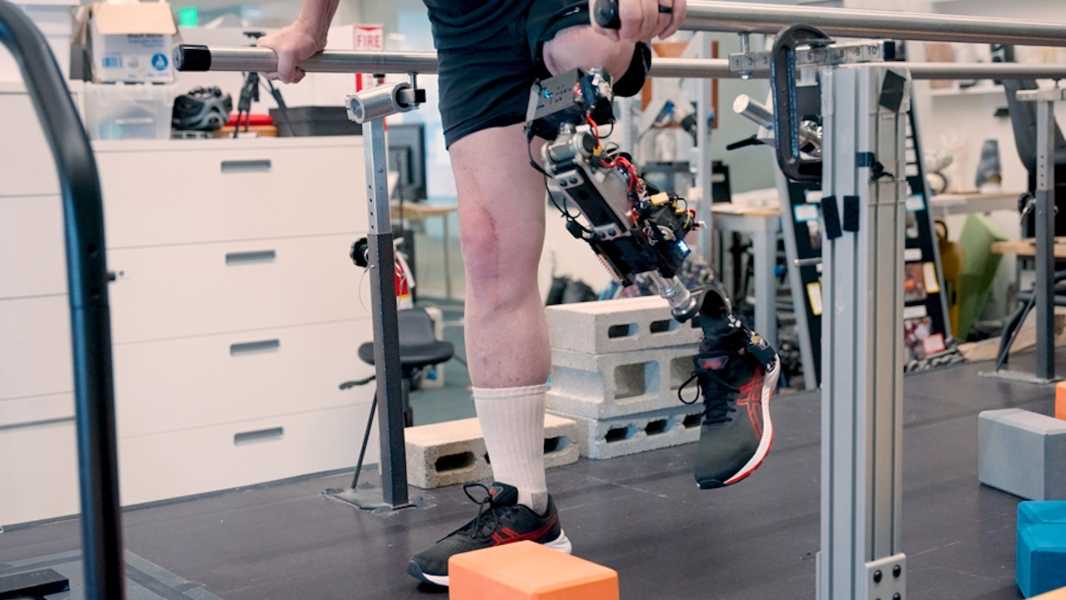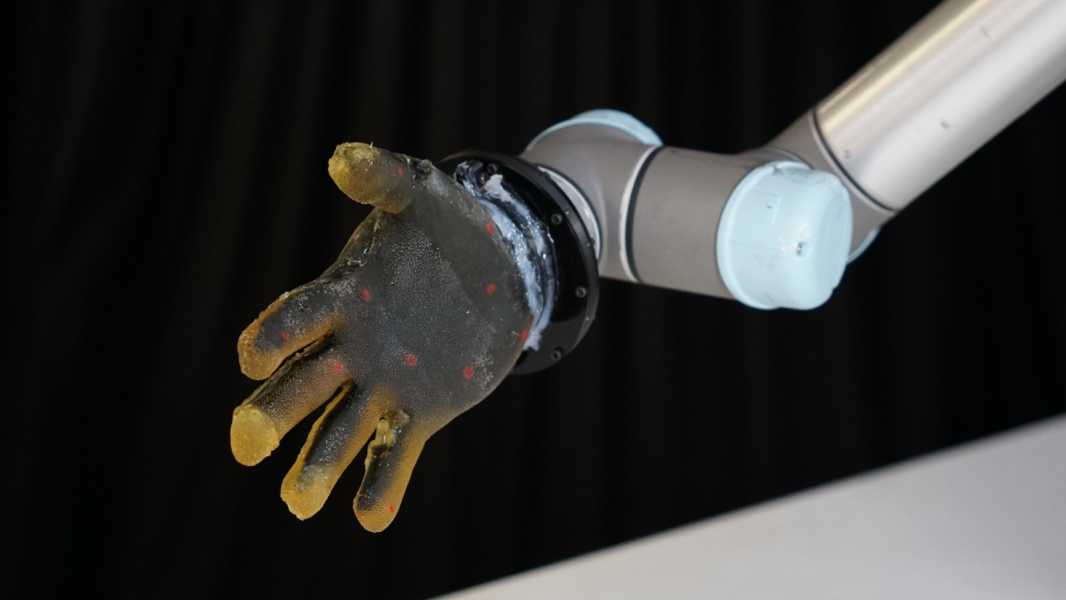
A participant in an experiment with a bone-integrated prosthesis navigates obstacles in his path (Image courtesy of MIT)
A newly developed bionic knee joint could make it easier for people with above-knee amputees to walk and lift than with traditional prosthetics.
The new prosthesis, presented July 10 in the journal Science, is connected to the user's limb via a titanium rod attached to the femur and permanent electrodes implanted in the leg muscles. In addition to improving motor function, the researchers noted that the prosthesis increases the user's sense of responsibility and control over the prosthetic limb.
“A tissue-integrated prosthesis, that is, one that is attached to bone and controlled directly by the nervous system, is not just a lifeless, separate device, but a system that is intimately integrated with human physiology, offering a higher level of prosthetic fulfillment,” said study co-author Hugh Herr, a professor of media arts and sciences at MIT who designs prosthetics that mimic natural limbs and is himself a double amputee. “It is not just a tool, but an integral part of who he is.”
You may like
-

'Rubber Paw Illusion': Mice Can 'Feel' Artificial Limbs Just Like Humans
-

Scientists have burned, pierced and sliced new robotic skin that can 'feel everything'
Sourse: www.livescience.com





